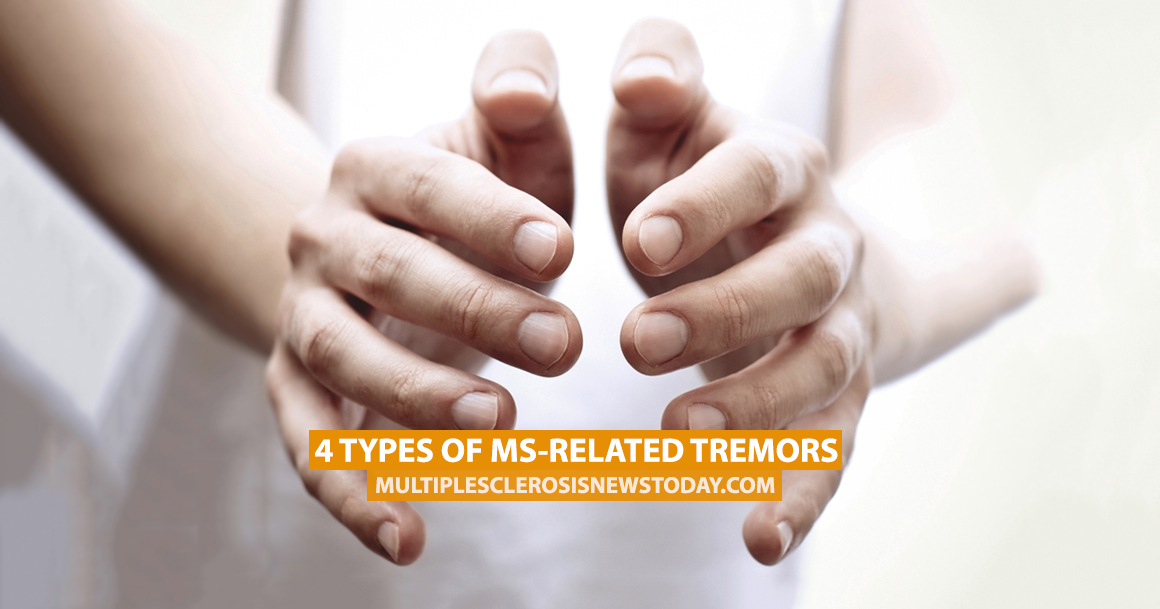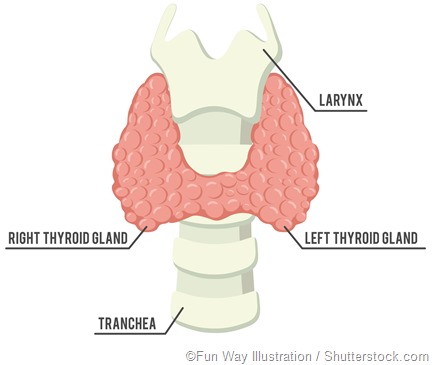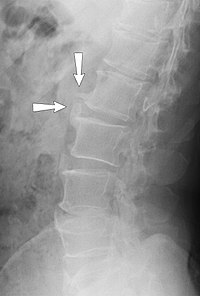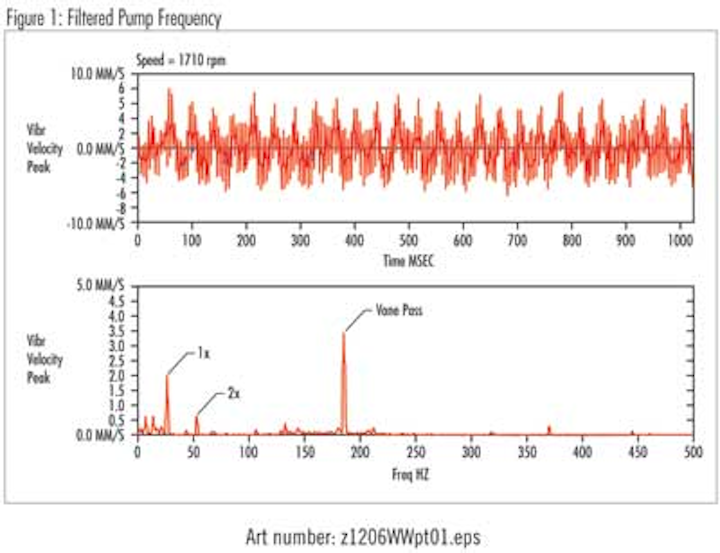 Internal vibrations (internal tremors): Causes, treatment, and outlook
Internal vibrations (internal tremors): Causes, treatment, and outlookCauses and treatment for internal vibrations Internal vibrations, also known as internal tremors, can affect people with Parkinson's disease, multiple sclerosis or essential tremor. Internal tremors are not harmful, but may be worrying and may interfere with a person's daily life. The inner tremors are shaking sensations felt within the body. They occur without visible movement, which produce external tremors. A person may experience inner tremors in the trunk, arms, legs or internal organs. In this article, we examine the causes and treatment of internal tremors. People with (PD), (MS), or (ET) may experience internal and external tremors. The causes of internal tremors are not well understood, and the current investigation is limited. However, doctors tend to believe that these tremors come from the same neurological causes of external tremors. One published in 2017 found a link between tremors and social. Some researchers also have that internal tremors can produce physical motion too light to detect. Authors of a 2016 study have that inner tremors are first, unusual symptoms of movement disorders, such as PD. Other researchers have that anyone can experience internal tremors, but they are more pronounced in people with PD, MS and ET. Further information on PD, MS and ET, the three most common causes of internal tremors, will be found below. PD is a neurological disease that results from the loss of brain cells that produce dopamine. It usually happens in people. People with PD may experience some of the following symptoms: These symptoms can progress quickly or slowly, and may make daily activities difficult. The tremors are not always the most obvious symptom of the DDP, although many people with the condition have tremors. Initially, a person can only experience a tremor in an extremity. As the condition progresses, the tremor can spread to both sides of the body. Strong emotions and can worsen the tremors. Treatments for PDNo cure for PD. It is a chronic condition that progresses over time. However, there are several treatment options. A doctor may prescribe a combination of levodopa and carbidopa to replenish the supply of dopamine from the brain. This can help treat advanced PD. Other drug-related options include bromocriptine, pramipexole and ropinirole. A doctor may recommend surgery for people who do not respond to the medication. It is called deep brain stimulation (DBS). During the procedure, a surgeon implants electrodes in a person's brain. These stimulate specific areas to relieve some PD symptoms. DBS can also reduce the need for certain medications, and this may especially benefit people who experience unpleasant side effects. MS is a chronic condition that affects the . Many experts believe that in a person with MS, the immune system attacks and damages the body's nerves. This can affect many parts of the body, and can have a significant impact on a person's quality of life. Symptoms of MS usually develop between ages of . They may include: Around people with MS also experience difficulty with: A person can also experience tremor. EM TreatmentThere is currently no cure for the EM, and its severity varies from person to person. Disease Modification Therapies (DMTs)In the past, doctors considered that MS is not treatable, but new drug and treatment options are changing the perspective. from the American Academy of Neurology (AAN) advises doctors to begin to prescribe a type of medication known as disease modifier therapy (DMT) as soon as possible after a diagnosis. With early use, these drugs seem to reduce the number of bengalls that a person experiences in MS relapse (RRMS), and can stop the progression of the disease. Examples are: Mitoxantrone is an older DMT that may have serious adverse effects. A doctor will only prescribe if a person has severe symptoms and if the potential benefits exceed the risks to the individual. Anyone who has been using mitoxantrone for some time should ask your doctor about the newest medicines that can be safer and more effective. Complaints and Symptoms A person will take a DMT regularly, whether he or she is experiencing a relapse or not. When bengalas occurs, a doctor may prescribe: A doctor may prescribe muscle relaxants or tranquilizers for people with sustained muscle stiffness and spasticity. Tremor Treatment Medicines to help relieve tremor: Drugs-free therapy Exercise, occupational therapy, and can also help. A doctor can advise on an exercise plan to meet the needs of an individual. They can also advise on assist devices that can help, such as a walking stick. Symptoms and progress of the EM vary widely among individuals. Each person will make a treatment plan with your doctor to meet your needs. ET is the type of abnormal tremor. The condition is sometimes associated with mild degeneration of some of the cerebellum. This is the part of the brain that receives the information necessary to regulate the quality of a person's movements. The brain receives this information from other parts of the brain, spinal cord, and body sensory systems. People with ET can experience unintentional and rhythmic movements, more commonly a hand tremor. The tremor can also affect the head, tongue, limbs, trunk and the ability to speak. Symptoms may develop at any age, but they usually become noticeable in people. ET triggers may include: The tremor usually appears on both sides of the body, but it is often more noticeable in the dominant hand. ETWhile Treatment There is no cure for ET, medicines can help reduce symptoms. These may include or anticonvulsants. Some people with ET find physical, occupational, and useful DBS therapy. Treatment plans often involve reducing triggers, such as caffeine and other stimulants. There are currently no diagnostic tests for internal tremors. However, anyone who experiences a tingling, tremor, muscle weakness or poor coordination should talk to a doctor. For people with internal tremors, doctors may recommend treatments similar to those of other movements or neurological disorders. However, the severity of the internal tremors may vary from person to person, and some may find that there is no need for treatment. When PD, MS or ET are responsible for internal tremors, doctors will strive to treat the underlying condition. Treatments for internal tremors may include: For some people, doctors may recommend DBS or medicines similar to PD, MS, and ET. Although internal tremors are not harmful, they can be ignored and may interfere with daily activities. PD, MS and ET are the most common causes of internal tremors. For many people, tremor treatments will be similar to treatments for these neurological conditions. Avoid known triggers, such as stress or stimulants, can also help. Last medical review on May 15, 2019Most recent newsRelated coverage
Accessibility Links Search ModesSearch ResultsInternal tremors and fibromyalgia? NINTERNAL SHAKING with HASHIMOTOS: Hi, I'm strange ...Do Internal Tremors turn into Visible... - Parkinson MovementExperienceing Invisible Tremors - Parkinson MovementTremor Silencio Doctor ANTE PatientEssential Guide to Fear: Causes, Symptoms and Treatment ... Essential fear - NORD (National Organization for ... Tremors treatment Page navigation1 Foot links

Why Do I Get Body Buzzing And/Or Internal Tremors? — MyBioHack | Unlock Your Maximum Potential
Internal Vibrations: Is it MS, Parkinson's, or Something Else?
If you feel vibrations inside your body but have no tremors, does that mean it's neurological? - Quora
The Case of Body Tingling and Internal Vibrations w/ Stephanie Roman - Health Mysteries Solved
If you feel vibrations inside your body but have no tremors, does that mean it's neurological? - Quora
The Case of Body Tingling and Internal Vibrations w/ Stephanie Roman - Health Mysteries Solved/whats-causing-your-tremor-24888592-4b1c87b7a8644646907467d64f37b0a5.png)
Evaluating Tremors and Their Causes
The Effects of Multiple Sclerosis on Your Body
Why do we vibrate during meditation? - Quora
Vibration hazards - OH & S
Chapter 50 - Vibration
Internal Vibrations: Is it MS, Parkinson's, or Something Else? | Essential tremors, Coping with stress, Tremor/whats-causing-your-tremor-24888592-4b1c87b7a8644646907467d64f37b0a5.png)
Evaluating Tremors and Their Causes
Is Fibromyalgia The Cause of Internal Tremors | Welcome to Fight Fibromyalgia/why-do-people-with-social-anxiety-disorder-shake-3024886_final-8d0ab69d2aa54ac984090325c82ca10f.gif)
Why Do People With Social Anxiety Disorder Shake?
THE IMPLICATIONS OF RANDOM VIBRATIONS GENERATED BY ROUGH AND HARDLY ACCESSIBLE TRAILS ON MILITARY BODY
4 Types of MS-Related Tremors - Multiple Sclerosis News Today
Overactive Thyroid and Tremors
Internal Vibrations: Is it MS, Parkinson's, or Something Else?
If you feel vibrations inside your body but have no tremors, does that mean it's neurological? - Quora
How to Stop Vibrations in Foot
Involuntary Shaking Can Be Caused By Essential Tremors : Shots - Health News : NPR
What causes internal vibrations?. Internal vibrations, also known as… | by REF Crypto | REFCrypto | Medium
Internal vibrations (internal tremors): Causes, treatment, and outlook
Mechanical Vibration- An introduction
Whole body vibration - Wikipedia
Hand tremors that shake, rattle and spill, Health News & Top Stories - The Straits Times
Why Do I Get Body Buzzing And/Or Internal Tremors? — MyBioHack | Unlock Your Maximum Potential
How to Determine Root Cause of Excessive Pump Vibration | WaterWorld
PDF) Effects of shock and vibration on humans
Excitation of Faraday-like body waves in vibrated living earthworms | Scientific Reports
7 Possible Reasons Your Hands Are Shaking | SELF
Vibration In The Body What Causes It- 226 Questions Answered | Practo Consult
Human body and Whole-body Vibration, Hand-arm vibration | Dewesoft Training Portal
Physics Tutorial: Vibrational Motion
Mechanical vibration and shock measurements (bn1330)
Weakness - Brain, Spinal Cord, and Nerve Disorders - MSD Manual Consumer Version
Hearing and Vestibular Sensation | Boundless Biology
Vibrations Induced by Internal Fluid Flow - ScienceDirect
Internal Vibrations: Is it MS, Parkinson's, or Something Else?
 Internal vibrations (internal tremors): Causes, treatment, and outlook
Internal vibrations (internal tremors): Causes, treatment, and outlook



/whats-causing-your-tremor-24888592-4b1c87b7a8644646907467d64f37b0a5.png)



/whats-causing-your-tremor-24888592-4b1c87b7a8644646907467d64f37b0a5.png)

/why-do-people-with-social-anxiety-disorder-shake-3024886_final-8d0ab69d2aa54ac984090325c82ca10f.gif)





















Posting Komentar untuk "internal body vibrations causes"